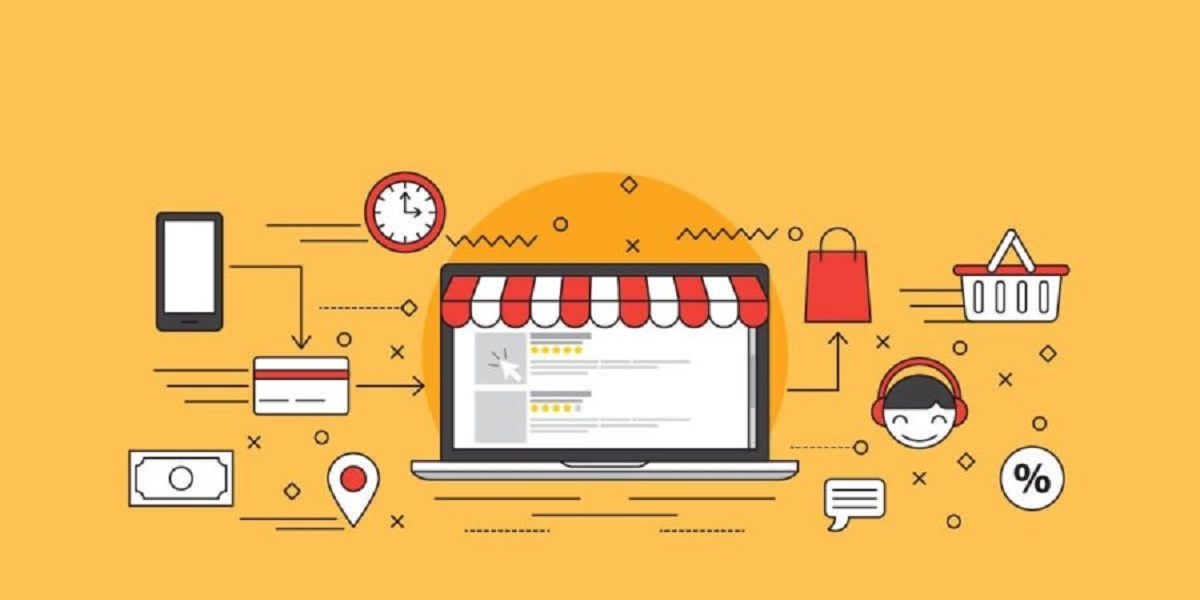
An ecommerce business needs constant customer engagement for growth, and if your customers are the millennials of MENA, then you need to apply some strategies to keep them hooked. Why? Let us get into details.
Millennials: The Generation “Y”
You might be familiar with the word millennial that is nothing but a term given to generation Y, who are born between 1980 – 2000; overly familiar with media and digital technologies. Similarly, the demographics are categorised as per birth year and are titled different names like:
Boomers for people bore between 1946 - 1964, means those who are 56 - 74 years old.
Gen "X" born between 1965 - 1979, means those who are 40 - 55 years old.
Gen "Z" the newest generation born between 1997 - 2015, means those who are 8 - 23 years old.
Now, the reason Gen Y or Millennials are the prime targets for the business owners is that they account for a quarter of the world’s population. They are not only the most educated in the history of the world but also the most researched & brand-loyal segment of the population. Moreover, they have the highest spending power compared to any other age segment and are curious, tech-savvy, digitally-native & an outward-looking breed. Therefore, targeting this evolving segment of the population can turn out to be very much fruitful for entrepreneurs.
What Makes the Millennials of the Middle East different from others?
The millennials in the Middle East are no different. Due to high internet penetration, the Gen Y of the Middle East are obsessed with smartphones and are always found hanging on their social media platforms like Instagram, Facebook, Snapchat, etc. Their familiarity with technology is outstanding and up-to-date.
The Middle East is home to around 108 million, and more than half of the population are millennials and also are immigrants; which is why there is a great diversity in consumer behaviour; hence the scope is wider for any business. Now, coming to the reasons what make them a bit different than the other millennials of the world are:
• High spending potential
• Wider generation gap
• Greater brand loyalty
• Highest number of millennial entrepreneurs
• High internet and social media penetration
Remember, the competition is tough, and customers have too many options to choose from, therefore; you got to apply some strategies so that they stick to your multi-vendor marketplace solution. So, let’s understand what can be done to keep the millennials of Middle East stay engaged with your ecommerce.
1. An emotional story-driven approach always work
Emotion always attracts, engage and sell. Adding some story to your brand or product creates value and connects to the customers more than simply marketing it. If you are in a notion that who today has time to listen to stories, then guess what? People always lend an ear and attention to narratives if they are engaging. If you can trigger emotion in them, you will not only get their attention but, gain sale as well. Remember, a product is first used in a customer's mind that then creates the desire to buy it and to generate that, you need to have an emotional connect.
2. Glue them with a personalized, cross-channel social engagement
The day of the Middle East millennials begin on a social media platform and ends scrolling it a million times. In short, the MENA millennials rely heavily on social media for their daily dose of news, entertainment, product discovery, and of course, catching up with friends and family. Therefore, you must not miss the chance to market your brand or products on such multiple social media platforms. Try to make it personalised as people fall for personalization and take actions immediately.
3. Convey via videos
Video marketing is emerging as a quick and effective massive engagement tool that has a significant role in captivating attention. MENA millennials are a fan of YouTube. They consume YouTube videos on a daily basis. Since the Middle East millennials are found spending over three hours per day on online videos that tally more than both messaging apps and games by app developers uk combined, therefore feeding them video content across multiple social media platforms will definitely raise the graph of customer engagement.
Try to create a video content having a mix of educational, entertaining, engagement-provoking and promotional visual. You can also experiment adding videos to your emailers, website or take advantage of Instagram or Facebook live videos; while YouTube is all yours and open for your video experiment.
4. Up your mobile-first approach
Mobile is more like a companion for customers. Due to busy schedule and convenience, smartphones have become the most preferred mode of shopping for millennials and hence; you got to optimize their digital experience using a mobile-first approach, which is nothing but designing a desktop site that works on mobile and then adapting the layout to larger screens.
Although millennials in the Middle East just like their global counterparts are always on their smartphones, the intensity is slightly high that gives you an opportunity to keep them engaged more via mobile. Try to incorporate future digital experiences like AI, VR, AR, IoT etc. in your mobile version.
Final Thoughts
The importance of customer engagement for the survival of an online business is very well known, and to achieve that you need to have an efficient multi-vendor eCommerce software developed by software developers first which enables you to apply the above-mentioned strategies.
Keep in mind that millennials are the busiest and easily distracted generation and therefore; to grab their attention and keep them engaged is a nut-cracking job. So, you must try to match your customer touchpoints with their fast-paced, busy lifestyle and constantly evolving interests, needs and behaviour and create content around their convenience to absorb it.
